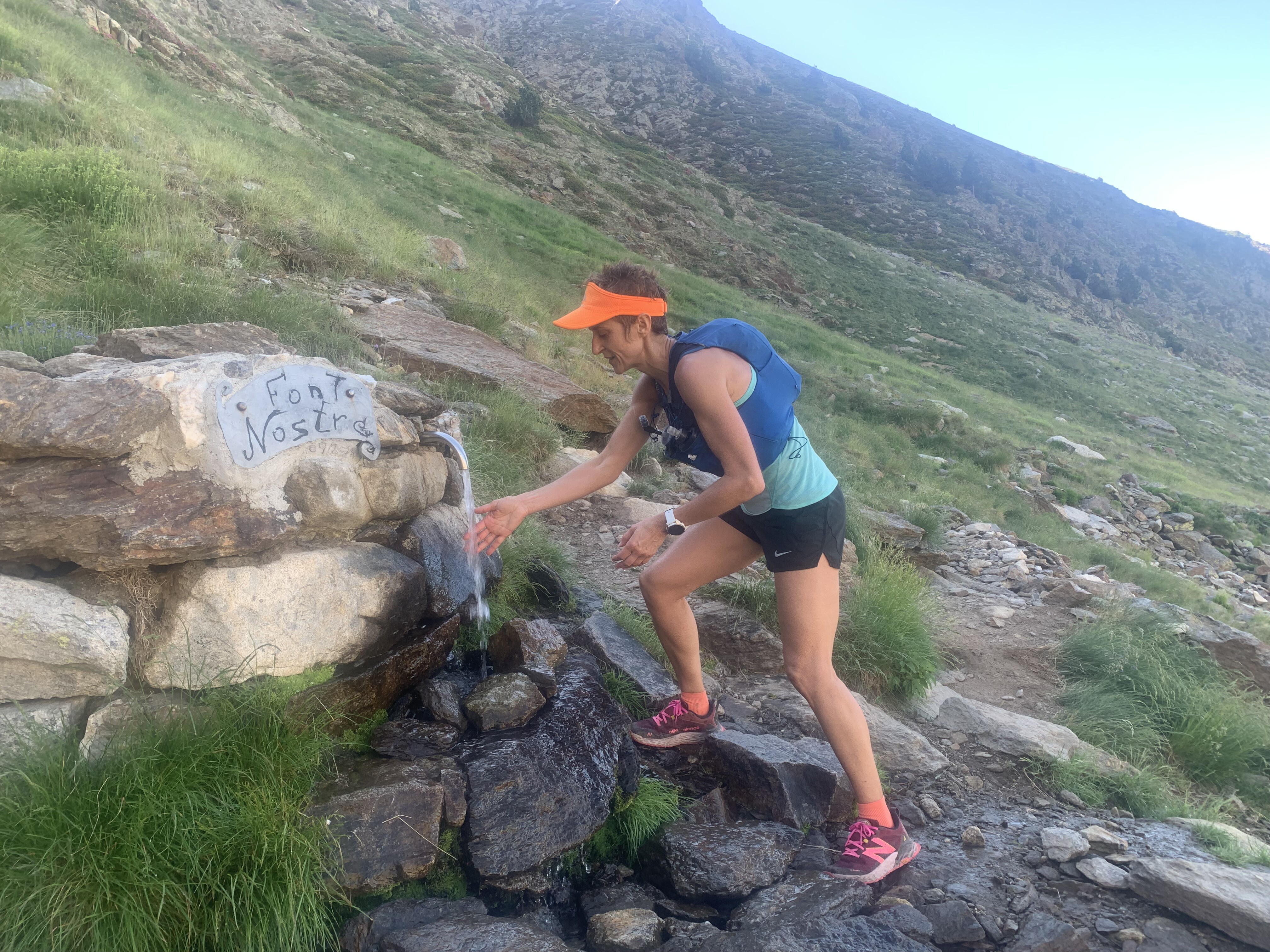Heat Exhaustion - Know the Signs and How to Train Safely

As we enter the height of summer in the Northern Hemisphere and/or we go on our summer break somewhere hot, training in the heat can be a shock to the system. Here are some tips on how to train safely in the heat and signs to look out for which might mean you are overdoing it.
What is Heat Exhaustion?
Heat exhaustion is where your body stops being able to keep your body's core temperature ; it usually occurs at a core temperature of 101 to 104oF (38.3 to 40oC). Symptoms include:
- Rapid heart rate
- Fast breathing
- Heavy sweating (sometimes you stop sweating if you get too dehydrated)
- Pale skin\dizziness, lightheadedness
- Fainting
- Nausea, vomiting and/or diarrhoea
- Headache
- Weakness/tiredness
- Muscle Cramps
- Mild, temporary confusion
- Low blood pressure
- Irritability
- Dehydration
- Problems coordinating movement
If you do not address these symptoms by getting cool and stopping exercising you could develop heat stroke; this is far more serious and possibly life-threatening.
When you are training even in relatively mild heat you can be at risk of exercise induced heat exhaustion so it's important to look after yourself and adapt to the hotter weather slowly.
You can be particularly at risk in humid conditions where the body's natural way of managing its core temperature (sweating) is compromised.
How to Avoid Heat Exhaustion
The best way to avoid heat exhaustion when exercising is to avoid exercising in the heat of the day. However, this is not always possible, particularly if your main event is in the height of summer or in a very hot climate or the only time you have available to train is your lunch break.
In this case you can acclimatise to the heat (heat adapt). There is good evidence that our bodies can adapt to heat in the right conditions by increasing sweat rate and blood volume.
Until you are acclimatised you will need to adapt both training intensity and duration (ie go easier and for shorter amounts of time).
Whether heat adapted or not be sure to match your hydration needs to the heat; you will need to drink more as you sweat more and adding some salts to your drink will help replace the salt you lose in your sweat.
How do I Adapt to Heat?
Heat adaptation takes about two weeks. While it will not last, as with altitude training, if you have done a period of acclimatisation you will find you heat adapt more quickly than this.
You will need to start with relatively short sessions at a very easy intensity; this will be slower than you usual endurance pace.
As you start to tolerate longer amounts of time exercising in the heat and your heart rate starts to respond more normally you can introduce some more intense training.
If you are trying to heat adapt in a colder climate ready for an event in a hotter part of the world then you can try the following:
- Indoor training (without a fan if you dare).
- Spending time in a sauna after training.
- Wearing warmer clothes when training (if this is practical and helpful).
- Drink plenty of water with electrolytes
- Adapt your pace/speed or power to your Rate of Perceive Exertion
- Stop if you start to exhibit signs of heat exhaustion
- Protect your skin from the sun with good sun cream and appropriate clothing, including a hat/visor.
- If you are pregnant or think you might be pregnant avoid training in the heat; it can be harmful to your baby.
Cooling Strategies
If you are not able to do any heat adaptation then knowing there are effective ways to keep you cool can help. Whether you are heat adapted or not, cooling strategies can work well to keep you going and help you manage during long events in the heat.
Cooling strategies that seem to work well are:
- Dousing with cool (but not ice) cold water
- Ice vests during warm ups
- Ice packs during the race
- Drinking cold drinks
- Eating cold food (icecreams, slushies, iced lollies, or iced gels)
- Wearing sunglasses (as well as protecting your eyes has been reported to help athletes feel cooler).
- Staying hydrated
- For shorter races having a shorter warm up and then staying in the cool (shade/air conditioned room) until the start
If you are not sure how to approach training and/or racing in the heat why not book a free 20 minute consultation with no commitment to see how we can help you?
Subscribe to our blog
Please share with your friends
Other articles you might like
July 22, 2024

Comments